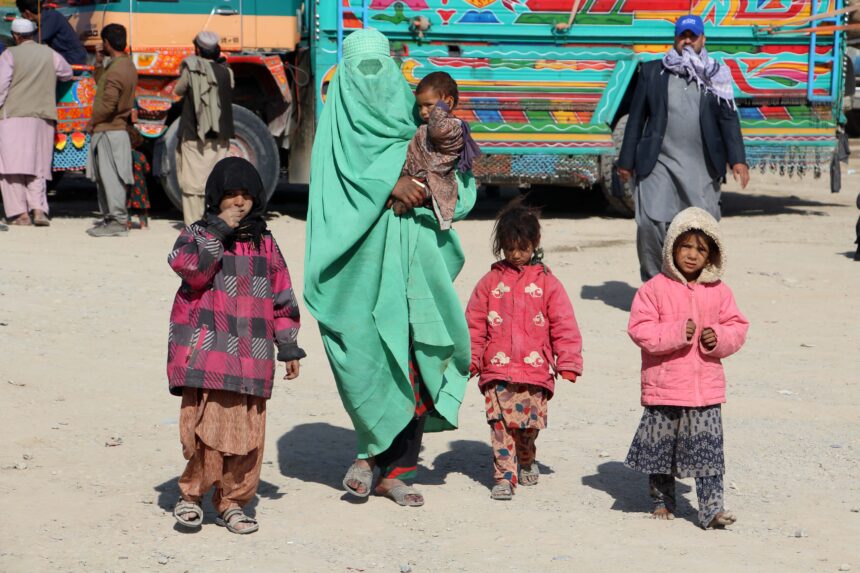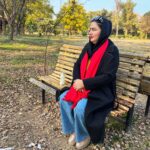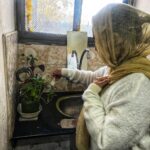Haji Abdullah from Gereshk district in Helmand, who returned from Pakistan about 18 months ago, says his children have been unable to continue their education since coming back.
“In Pakistan, all the children went to school,” he said. “We were poor, but at least there were active educational centers. Here, there’s nothing—no schools, no madrasas, no private learning centers. My children just stay home all day.”
Similarly, in the provincial capital Lashkargah, Agha Khan, another returnee from Pakistan, expressed disappointment that not only recent returnees children but even local Helmandi children have no access to education.
He fears that returning to Afghanistan has plunged his children’s future into uncertainty and darkness.
“I feel ashamed to tell my children that there is no school for them here,” he said. “We have never seen a place where children are completely deprived of education—only in Afghanistan. It’s been ten months since we returned, and I don’t believe even in ten years anything will change. No one listens to us. If I find a way, I’ll leave again, for the sake of my children’s future.”
Over the past two decades, thousands of Afghan families have either fled their homeland or returned from neighboring countries as a result of insecurity, political instability, and economic hardship.
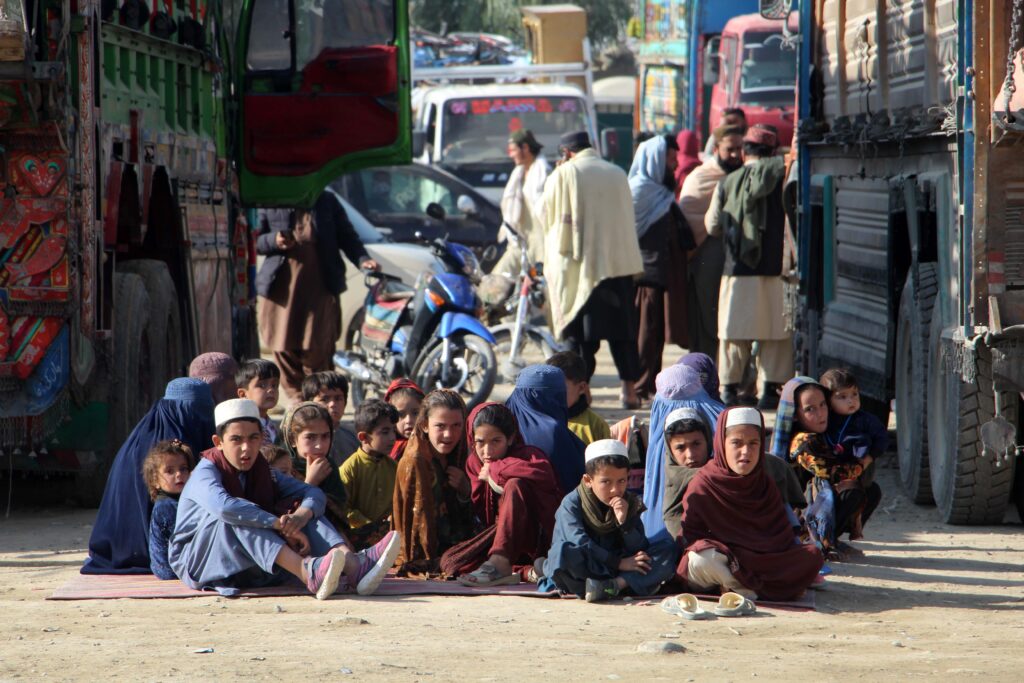
According to the new Afghanistan Education Situation Report 2025 by UNICEF and UNESCO, more than 2.13 million primary school-aged children remain out of school as of 2024, while the majority of those who attend are learning too little. The analysis from 2022 finds that learning poverty remains at unprecedented levels, with more than 90 per cent of 10-year-olds unable to read even a simple text.
UNICEF Deputy Executive Director for Humanitarian Action and Supply Operations Ted Chaiban has warned. During his visit to the Islam Qala border, Chaiban saw “tens of thousands of people arriving every day,” many of them children who have already lost months or years of schooling and now face even greater uncertainty back home. Parents told him their deepest worry was the future of their daughters, especially the lack of “education beyond grade 6,” leaving many girls at immediate risk of permanent dropout. Chaiban noted that while access across the country has improved, the scale of returns is overwhelming reception centers and placing immense pressure on basic services.
Chaiban said the ban on girls’ secondary education is compounding the crisis for returnee families, making reintegration even harder for children who arrive eager to learn but find few opportunities. He described meeting a young woman in Kunduz who said she had been “months away from finishing medical school” before restrictions halted her studies — a stark reminder of what is lost when girls are denied education. UNICEF fears that without urgent action, thousands of newly returned children may never re-enter the classroom. Chaiban urged Iran, Pakistan and Afghanistan to adopt a phased, coordinated approach to returns to ensure “safety, dignity and voluntariness,” while calling on donors to bolster support for education, child protection and reintegration services in the communities absorbing the influx.
Southern Afghanistan, which shares a long border with Pakistan, witnesses the return of hundreds of families each day. Many of these families have settled in Helmand Province, where they face dire living conditions and limited access to essential services.
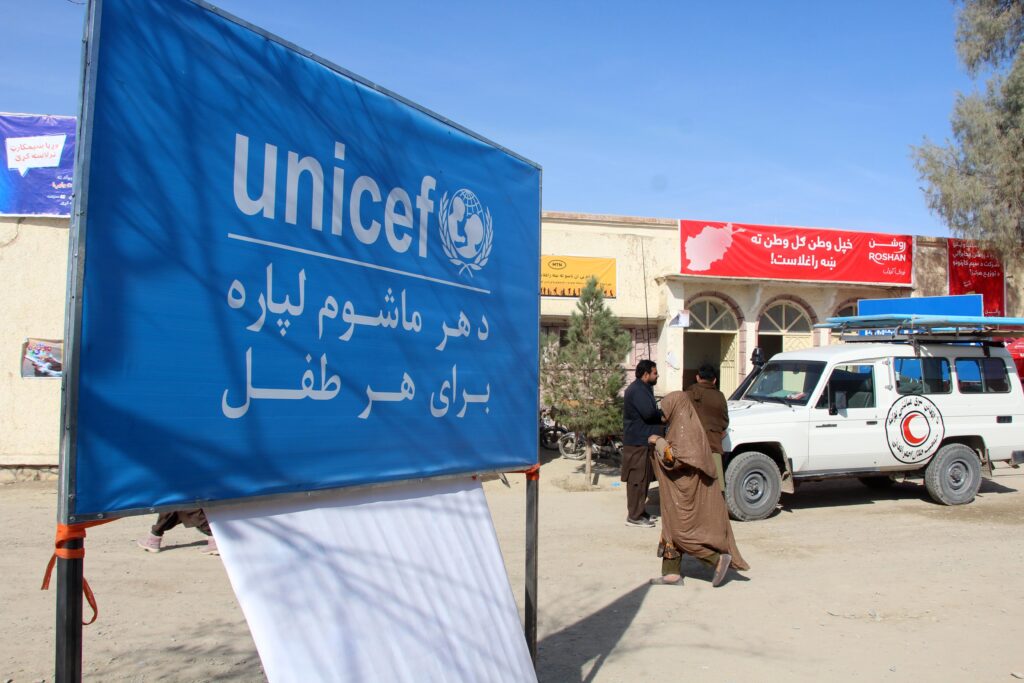
“I Bring Water Instead of Going to School”
Mohammad Nabi, a 13-year-old boy who returned from Iran to Helmand via Nimroz about five months ago, shared a similar story.
“In Iran, I used to go to school every day,” he said. “But since we came here, I haven’t studied at all. I spend my days fetching water and collecting firewood instead.”
He added, “In Iran, we went to school and had places to play. Here, every morning I go with my brother to fetch water, and in the afternoon I collect wood. We have no school in our area. I ask the government to build one for us.”
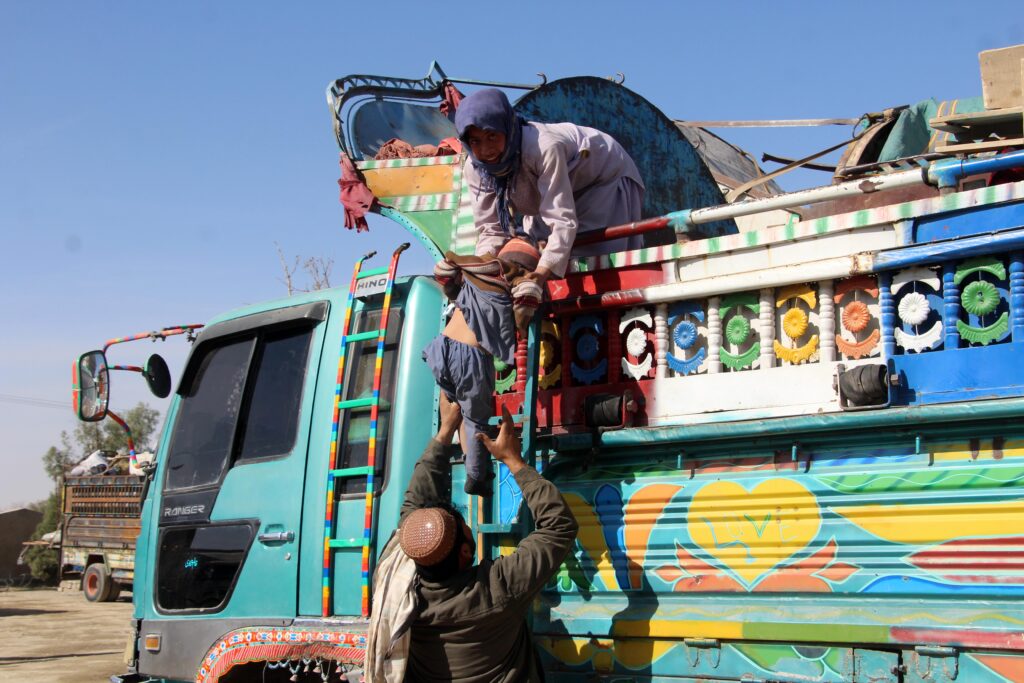
Local Authorities Acknowledge the Issue
Despite numerous appeals from returning families, no significant action has been taken by local authorities to ensure access to education for displaced children.
Officials from the Helmand Directorate of Education under the Taliban government confirm that no special educational centers have yet been established for refugee children. However, they claim that over 400 schools are currently operating in the province, serving thousands of students—including some from returnee families.



